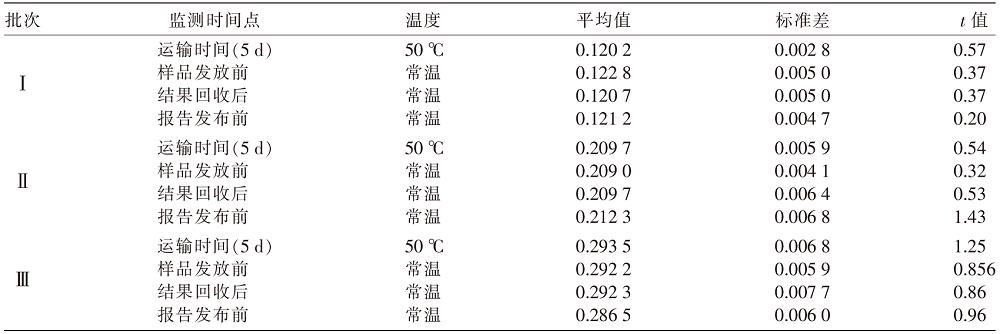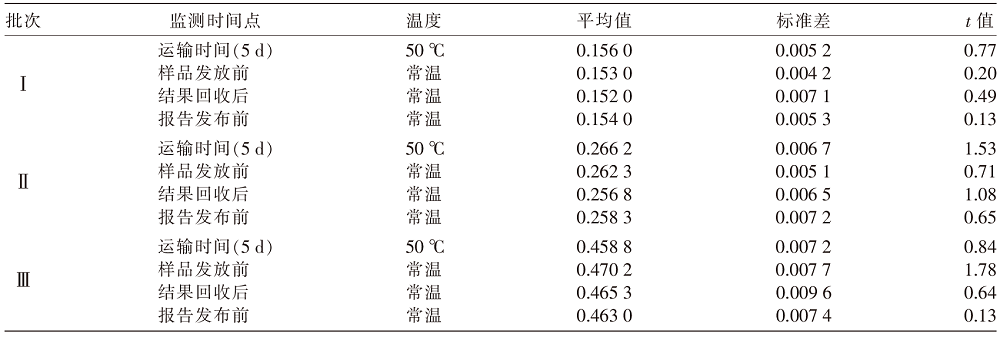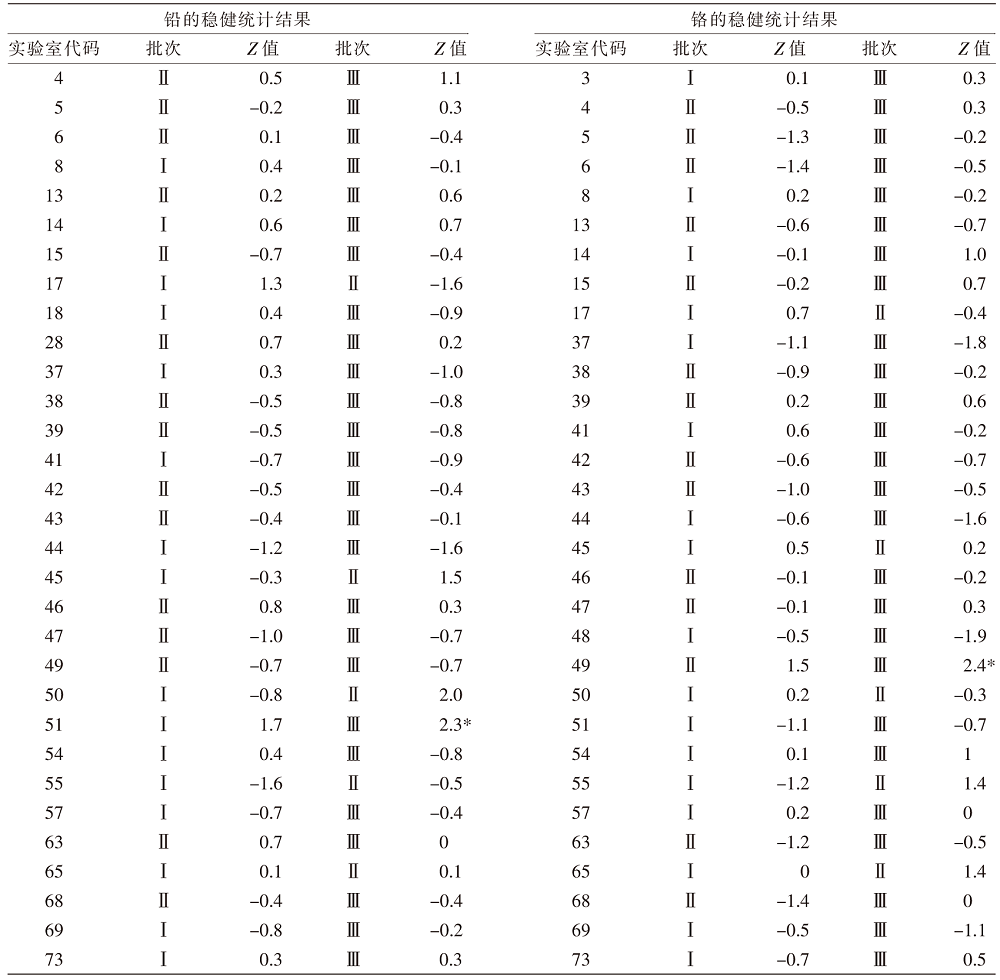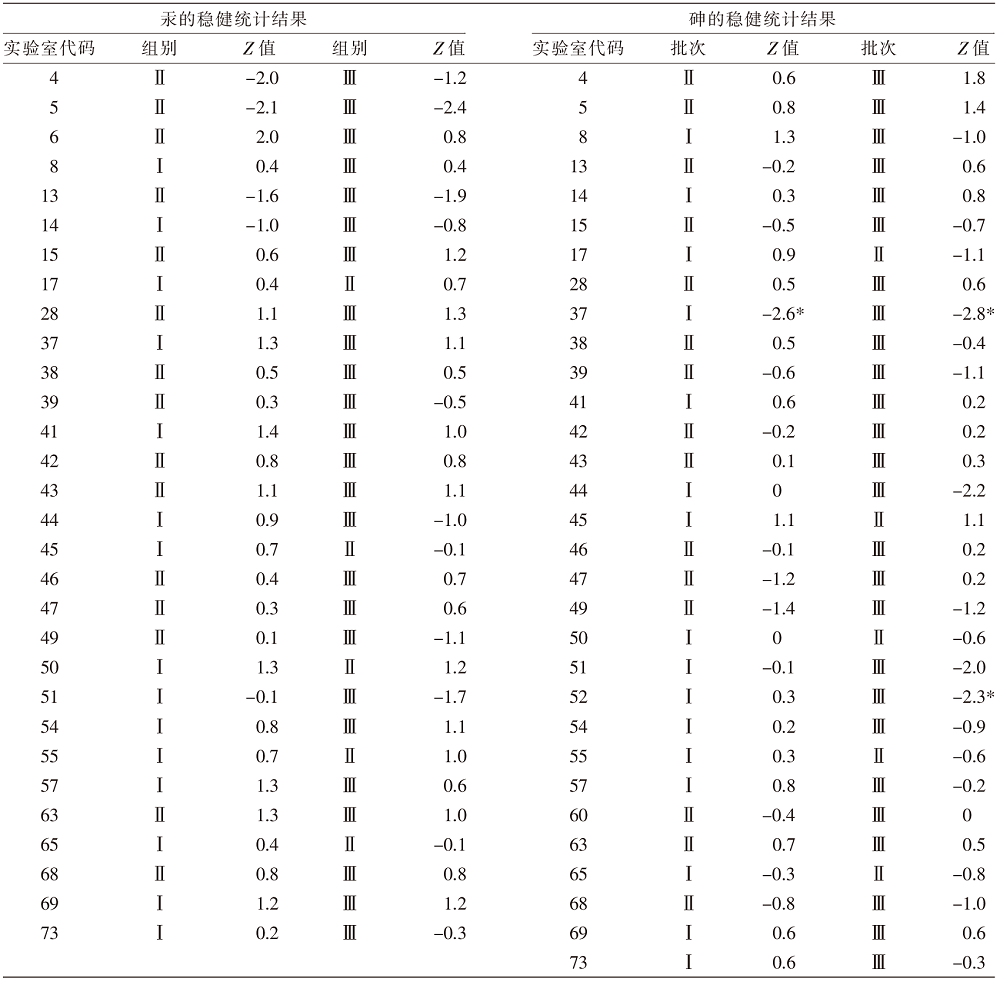| [1] |
马玲, 杨立学, 冯佩, 等. 石家庄市售液态牛奶和奶粉中重金属含量的检测及分析[J]. 食品安全质量检测学报, 2021, 12(5): 1688-1693.
|
| [2] |
庞洁. 乳制品中重金属的污染来源及相关安全问题的对策[J]. 中国食物与营养, 2012, 18(8): 19-20.
|
| [3] |
徐鲁翔. 我国食品中重金属危害现状及检测技术分析[J]. 中国食品, 2022, 7:111-113.
|
| [4] |
曹秀珍, 曾婧. 我国食品中铅污染状况及其危害[J]. 公共卫生与预防医学, 2014, 25(6): 77-79.
|
| [5] |
湛艳红, 彭喜洋, 汪家琦, 等. 国内外婴幼儿配方乳粉中重金属研究及法规概况[J]. 中国乳业, 2019(3): 56-61.
|
| [6] |
梁奇峰. 铬与人体健康[J]. 广东微量元素科学, 2006, 13(2): 67-69.
|
| [7] |
张吟, 张丹梅, 吴惠忠, 等. 饮水暴露六价铬对人群健康的危害分析[J]. 中华地方病学杂志, 2016, 35(4): 264-268.
|
| [8] |
沈路路, 胡建英, 董兆敏, 等. 中国部分地区汞暴露对儿童健康风险评价[J]. 中国环境科学, 2009, 29(12): 1323-1326.
|
| [9] |
张宏康, 邵丹, 王中瑗, 等. 食品中痕量汞的检测方法研究进展[J]. 食品安全质量检测学报, 2019, 10(5): 1230-1235.
|
| [10] |
朱丹尼, 邹胜章, 周长松, 等. 不同耕作类型下土壤-农作物系统中汞、砷含量与生态健康风险评价[J]. 中国地质, 2021, 48(3): 708-720.
|
| [11] |
邓安琪, 董兆敏, 高群, 等. 中国地下水砷健康风险评价[J]. 中国环境科学, 2017, 37(9): 3556-3565.
|
| [12] |
周洁, 冯晓丽, 戴蕾蕾, 等. 实验室间比对在确保结果有效性中的应用[J]. 理化检验(化学分册), 2022, 581:103-105.
|
| [13] |
陈秀芬, 梁颖思, 黄家欣, 等. 婴幼儿乳粉中维生素B12检测的实验室间比对结果分析[J]. 中国乳品工业, 2020, 48(8): 49-52,59.
|
| [14] |
邵颖. 集团化实验室间比对方法与结果评价研究[J]. 煤炭加工与综合利用, 2022(6): 76-80.
|
| [15] |
刘金东, 张雨, 芦新根, 等. 迭代稳健统计法用于金矿石中银含量测定的实验室间比对[J]. 化学分析计量, 2021, 30(2): 73-76.
|
| [16] |
李红霞, 宁霄, 金绍明, 等. 食品中苯甲酸含量测定能力验证研究[J]. 中国药师, 2022, 25(4): 742-745.
|
| [17] |
刘艳, 杨姣兰, 刘梓峥, 等. 生活饮用水中砷检测的实验室间比对[J]. 卫生研究, 2022, 51(5): 839-843.
|
| [18] |
周剑, 赵俊虹, 刘家麒. 饼干中铝元素测定的能力验证结果分析[J]. 现代食品, 2022, 28(6): 190-193.
|
| [19] |
韩奕奕, 陈美莲, 杨晓君, 等. 乳粉中黄曲霉毒素M1的检测能力验证[J]. 乳业科学与技术, 2018, 41(4): 25-28.
doi: 10.15922/j.cnki.jdst.2018.04.006
|
| [20] |
戴礼洪, 姜红新, 李军幸, 等. 2011—2020年农产品重金属检测能力验证结果及质量控制关键点分析[J]. 食品安全质量检测学报, 2022, 13(1): 305-311.
|
| [21] |
刘梓峥, 赵赤鸿, 刘艳, 等. 生活饮用水中镉检测的实验室间比对[J]. 卫生研究, 2022, 51(5): 834-838.
|












